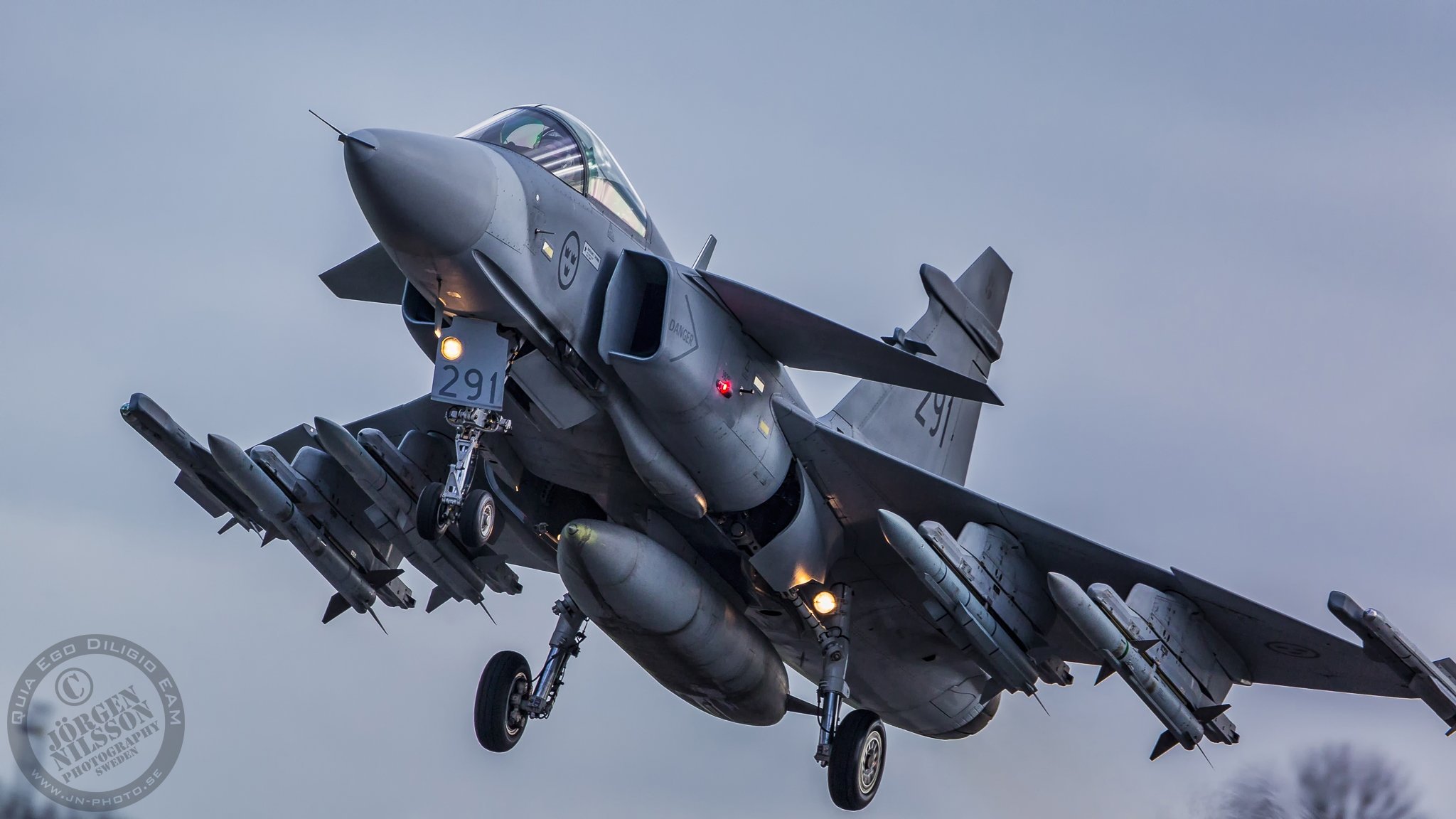In the ever-evolving landscape of military aviation, the JAS 39 Gripen stands out as a cutting-edge fighter aircraft, showcasing not only exceptional agility and versatility but also the integration of the most advanced modern weapons. A close-up examination of this formidable machine reveals a synthesis of engineering excellence and state-of-the-art weaponry that places it at the forefront of 21st-century aerial warfare.
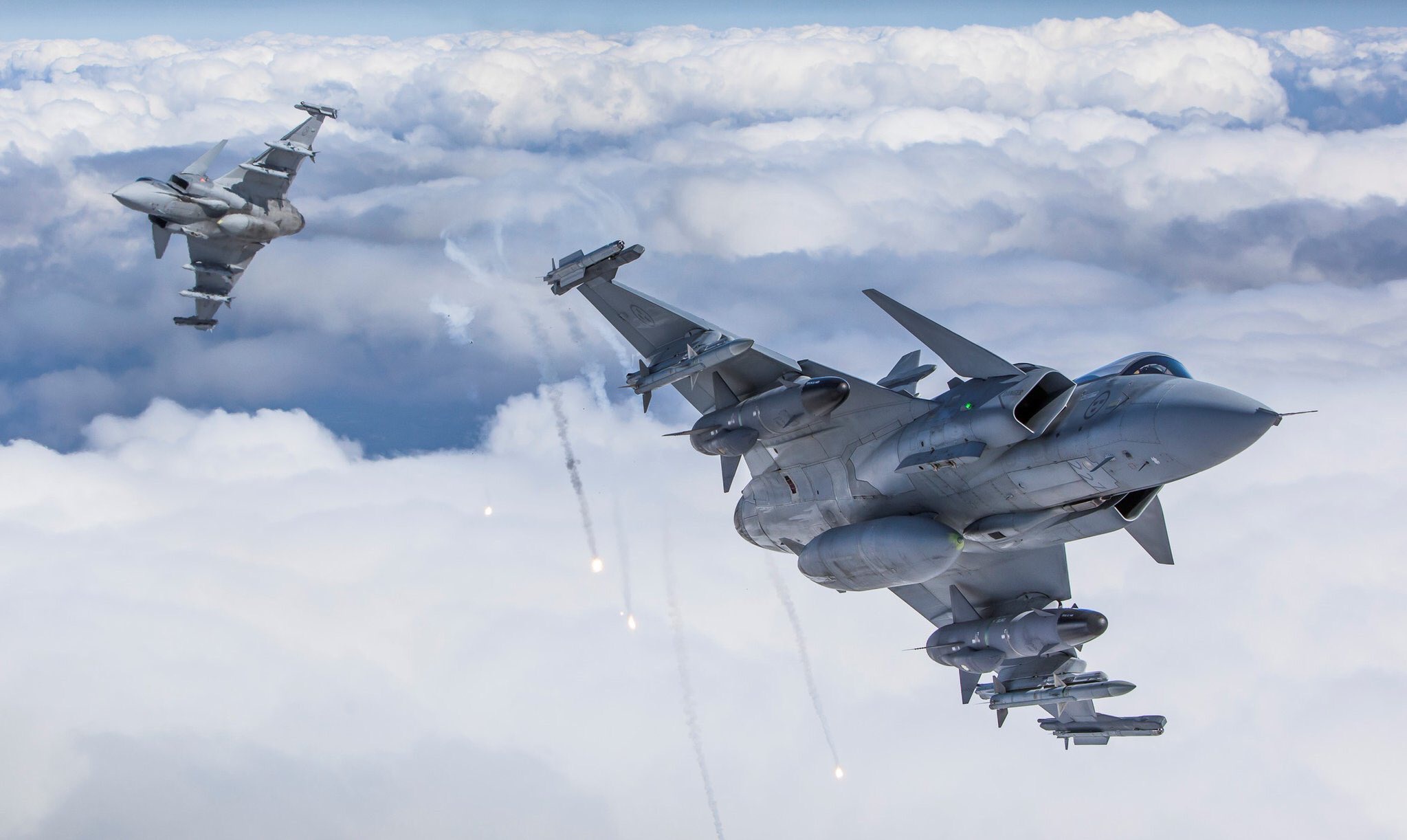
Developed by the Swedish aerospace company Saab, the JAS 39 Gripen is a lightweight, multi-role fighter aircraft designed to excel in air-to-air combat, air-to-ground attacks, and reconnaissance missions. As we zoom in on this aircraft, its sleek aerodynamic design becomes apparent, a testament to its agility and maneuverability in the dynamic and unpredictable theater of modern warfare.
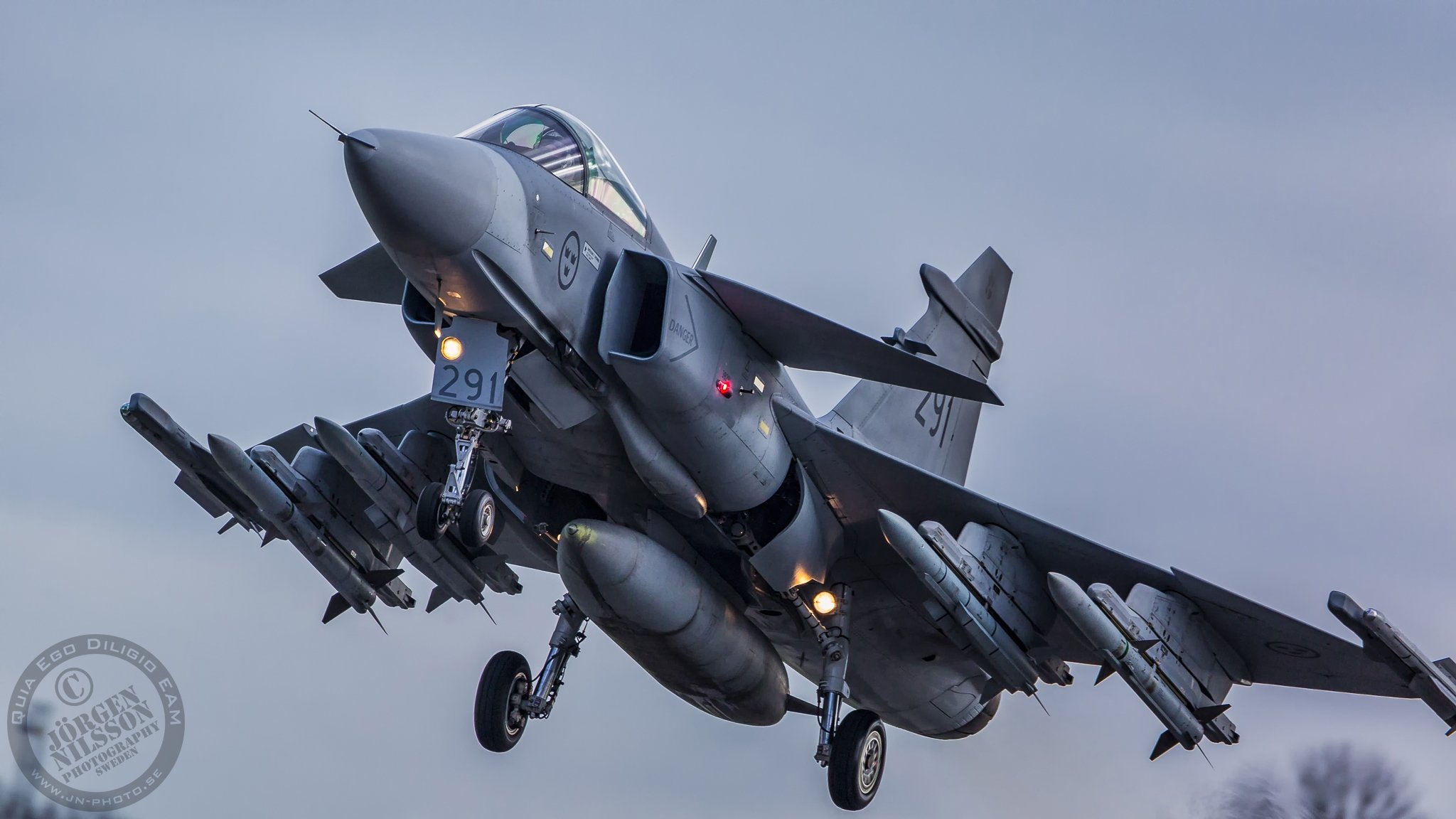
One of the striking features of the Gripen is its ability to integrate a wide array of modern weapons systems, making it a versatile and potent platform. The aircraft is equipped with the latest air-to-air missiles, such as the AIM-120 AMRAAM and the Meteor missile, known for their long-range precision and advanced target-tracking capabilities. This capability ensures that the Gripen maintains air superiority, engaging threats from a safe distance.
In the air-to-ground role, the Gripen is armed with precision-guided munitions, including laser-guided bombs and stand-off missiles. This allows the aircraft to conduct surgical strikes with accuracy, minimizing collateral damage and maximizing mission success. The Gripen’s adaptability in switching between air-to-air and air-to-ground roles positions it as a versatile asset in contemporary military operations.
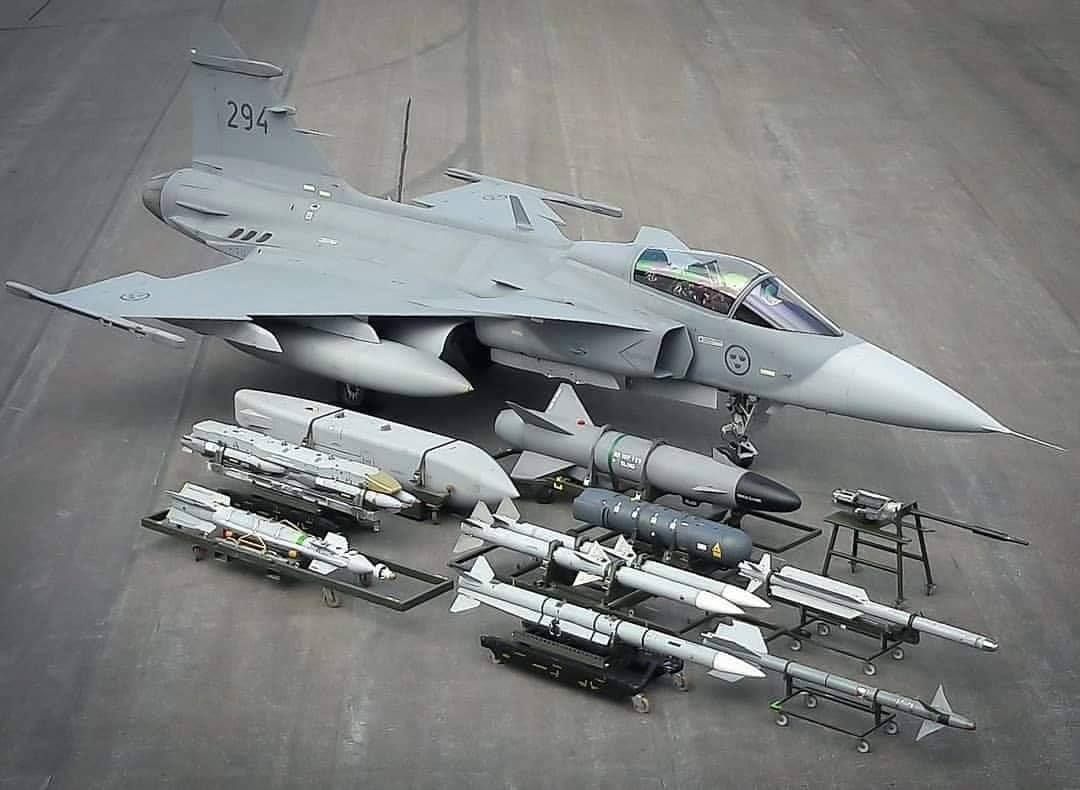
As we examine the cockpit of the Gripen, we encounter a modern human-machine interface designed to enhance the pilot’s situational awareness and decision-making capabilities. The advanced avionics, including a wide-field-of-view display and a hands-on throttle and stick (HOTAS) control system, contribute to the pilot’s ability to efficiently operate the aircraft and engage multiple targets simultaneously.
What sets the Gripen apart is its focus on networking and data-sharing capabilities. The aircraft is designed to operate as part of a networked force, communicating seamlessly with other platforms and ground stations. This network-centric approach enhances the Gripen’s ability to gather and share real-time intelligence, making it a valuable asset in joint and coalition operations.
Furthermore, the Gripen’s maintenance-friendly design allows for quick turnarounds between missions, ensuring a high operational tempo. This characteristic is essential in today’s fast-paced and dynamic threat environment, where rapid response times are crucial.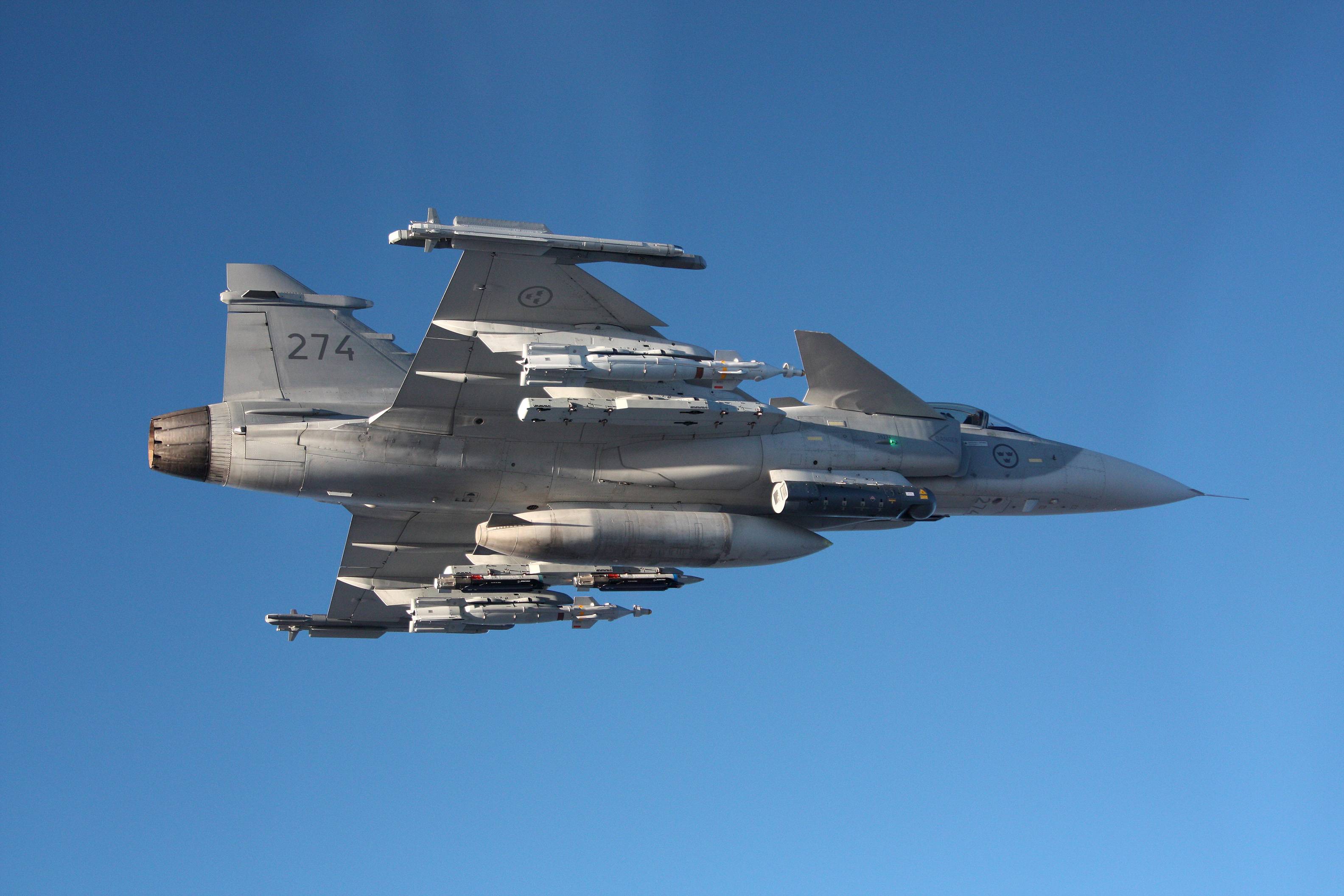
In terms of survivability, the Gripen is equipped with electronic warfare (EW) systems and countermeasures to thwart incoming threats. These systems, combined with the aircraft’s agility and speed, contribute to its ability to operate in contested environments and evade enemy defenses.
In conclusion, the close-up examination of the JAS 39 Gripen fighter aircraft reveals a machine that embodies the pinnacle of modern military aviation. With its sleek design, advanced avionics, and integration of the most advanced modern weapons, the Gripen stands as a symbol of technological prowess and strategic adaptability. As nations continue to invest in next-generation air capabilities, the Gripen remains a formidable force, ready to meet the challenges of the contemporary battlefield.

